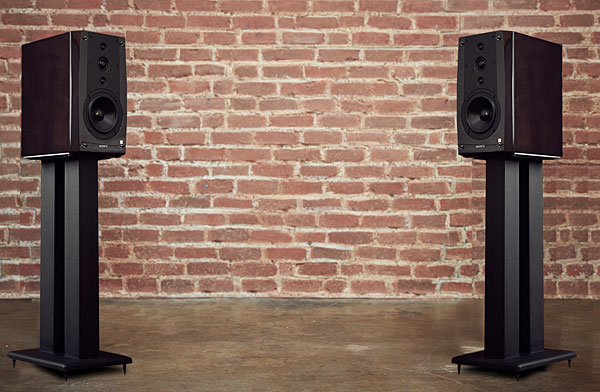| Columns Retired Columns & Blogs |
The dealer network for these primo Sonys seems a bit, um, unconventional. $6k standmounts are the purview of high end brick-and-mortar shops, but these are not available in such shops. Perhaps the distributors are custom installers, but I can't quite tell from the Sony ES website. That's quite a hindrance.









































